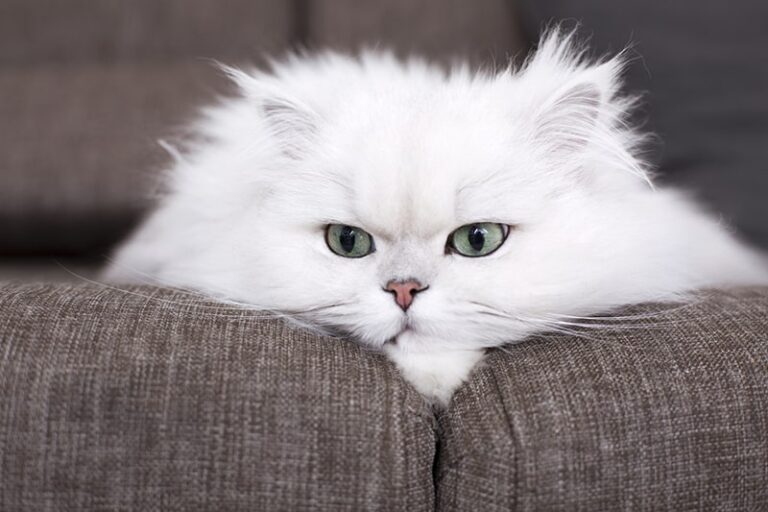Astronaut Cats: The Four-legged Pioneers of Space Travel
Introduction:
Space exploration has long captivated the imagination of humankind, and the possibility of feline astronauts has added a touch of whimsy to the pursuit of scientific knowledge. While the presence of cats in space may seem like a work of fiction, the reality is that these furry companions have played a significant role in the history of space travel. In this comprehensive guide, we will delve into the fascinating world of astronaut cats, exploring their unique contributions to space exploration and the challenges they have faced along the way.
The History:
The involvement of cats in space dates back to the early days of the space race. In 1963, a French cat named Felicette, also known as “Astrocat,” became the first feline to venture into space aboard a French Véronique AG1 rocket. Felicette’s mission was successful, and she was safely recovered after a brief flight. Her audacious journey paved the way for further exploration by her fellow felines.
In the United States, the space agency NASA conducted experiments involving cats to study the effects of space travel on living organisms. In 1973, a group of cats were sent aboard the orbiting Skylab space station to investigate how they would adapt to the microgravity environment. These feline astronauts provided valuable insights into the physiological and behavioral responses of animals in space.
Cat Breeds Suited for Space Travel:
Choosing the right cat breed for space travel is crucial to ensure their well-being and successful mission. Certain breeds possess traits that make them better suited for the demanding conditions of space.
- American Shorthair: Renowned for their adaptability and resilience, American Shorthairs are sturdy cats that can withstand the rigors of space travel. Their tolerant nature and ability to form bonds with humans make them ideal candidates.
- Maine Coon: With their robust physique and thick, luxurious fur, Maine Coons are well-equipped for the harsh conditions of space. Their intelligence and playful demeanor also add to their suitability as space travelers.
- Russian Blue: Known for their elegant appearance and calm temperament, Russian Blues possess the adaptability and curiosity necessary for space exploration. Their compact size makes them easier to accommodate in spacecraft.
Training and Preparation:
Astronaut cats undergo rigorous training to prepare them for their extraterrestrial missions. This comprehensive program includes physical conditioning, mental stimulation, and socialization.
- Physical Conditioning: Cats are subjected to intense physical training to strengthen their muscles, improve their balance, and enhance their coordination. This rigorous regime ensures their bodies can withstand the physical demands of space travel.
- Mental Stimulation: Astronaut cats engage in various mental exercises to keep their minds sharp and active. Interactive games, puzzle feeders, and sensory stimulation help maintain their cognitive abilities during space missions.
- Socialization: Cats are naturally social creatures, and space travel can be an isolating experience. Therefore, astronaut cats are socialized extensively to ensure they can form bonds with their human crewmates and adapt to the close quarters of a spacecraft.
Challenges of Space Travel for Cats:
Feline astronauts face a unique set of challenges during space missions.
- Microgravity Environment: The lack of gravity in space can disrupt a cat’s sense of balance and orientation. It can also lead to muscle atrophy and bone loss if not adequately addressed. Special training and exercise protocols are employed to mitigate these effects.
- Radiation Exposure: Space is filled with high levels of radiation, which can pose significant health risks to astronauts, including cats. Shielding and protective measures are taken to minimize their exposure to harmful radiation.
- Isolation and Confinement: Space travel involves long periods of isolation and confinement, which can be stressful for cats. Providing them with interactive toys, comfort items, and opportunities for play helps alleviate boredom and anxiety.
Conclusion:
Astronaut cats have played a remarkable role in the history of space exploration, providing invaluable insights into the effects of space travel on living organisms. Their courage, adaptability, and resilience make them true pioneers in the field. As we continue to push the boundaries of space travel, the contributions of these feline astronauts will undoubtedly inspire future generations of scientists and explorers.







